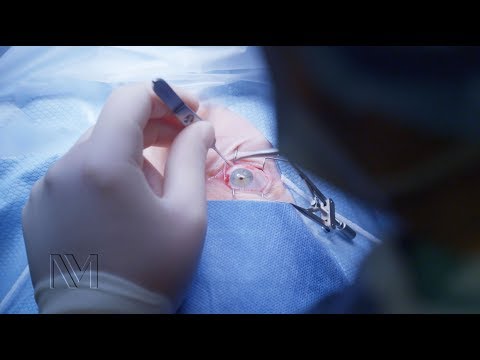Causes and Diagnoses
Causes and Diagnoses of Dry Eye
Dry eye occurs when your body doesn’t create enough lubricating tears, the tears it does make evaporate quickly or the chemical composition of the tears is out of balance. Each of these conditions can have a variety of causes.
Inadequate tear production can be caused by:
- Medications: Antihistamines, antidepressants, anti-nausea medications, diuretics, hormone replacement therapy and birth control pills, decongestants, and drugs for high blood pressure and acne.
- Chronic diseases: Diabetes, thyroid disorders, Vitamin A deficiency, and autoimmune conditions, including lupus and rheumatoid arthritis
- Damage to the tear gland by radiation treatment or inflammation
- Aging and decreased hormone production
Increased tear evaporation can be caused by:
- Environmental conditions, such as wind or air circulation, dry air or smoke
- Problems with the shape of the eyelid
- Inadequate blinking, either blinking less often or not blinking fully
Poor tear composition can be caused by clogged glands on the eyelid due to blepharitis (inflamed eyelids), rosacea and other skin disorders.
Diagnosing dry eye
Your physician will take a physical history to determine any underlying causes of dry eye. In addition, these tests may be used:
- Schirmer test: Using blotting strips, your physician can measure your tear production.
- Corneal staining: Using special eye drops containing dyes, your physician can examine your cornea’s condition and measure how quickly the drops evaporate.

